Solar PV is being deployed rapidly on rooftops, in fields, on landfills, and other unusual places. It can also be integrated into the built environment artfully, fusing objective value with subjective enjoyment. Here are five of pv magazine’s favorite designs from 2021:
These organic solar panels generate electricity (and maybe spread a little joy)
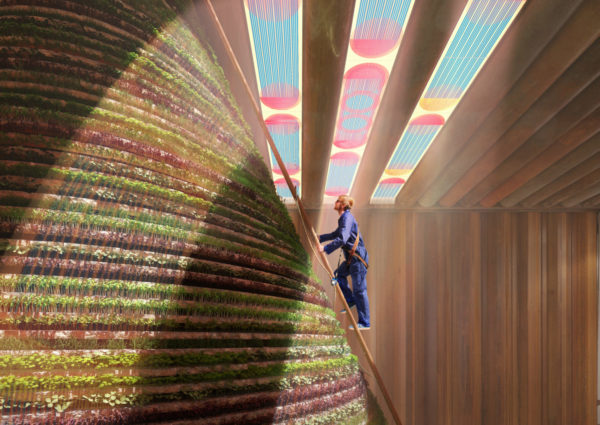
France-based organic PV module maker Armor solar power films and Dutch designer Marjan van Aubel crafted transparent organic PV modules for the Netherlands’ pavilion at the Expo 2020 Dubai, the universal exposition that will take place in the United Arab Emirates in October.Van Aubel specializes in incorporating solar cells into furniture, windows, and other objects. In this project, she used Armor’s “ASCA” organic transparent solar cells to create colored modules in which the lines and patterns are interacting with each other.
The transparent panels produce electricity for the pavilion and simultaneously allow sunlight into its spaces and filter the light’s spectrum to enable the photosynthesis of the plants located inside the building.
“Van Aubel demonstrates that solar panels, whilst collecting energy, can be beautiful and a form of art too,” Armor said in a statement, adding that the graphic design is made with a colored Moiré effect, which is an interference pattern produced by overlaying similar, but slightly offset, templates.
Solar on a parking structure adds a Scandinavian design flair
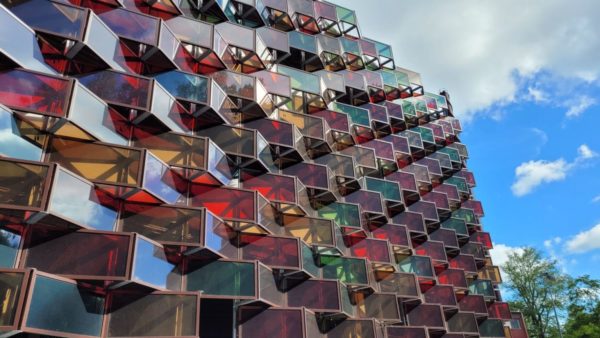
Soltech Energy, a Swedish PV system integrator and solar product supplier, is building several PV facades in its home market. It recently installed a 646.6 kW solar façade on a newly built garage with 300 EV–charging posts in Gothenburg, Sweden, by adopting a special design it has developed for buildings with particular airflow patterns.
The flow of air in the garage is important because of exhaust from the vehicles. The façade is open so the air exchange does not need to be measured, as it is far beyond the required levels for garages, according to the company. It also claims that the air flow is beneficial for the temperature of the panels.
“The façade is being built with semi-transparent modules that requires a certain tilt angle and, at the same time, it is placed on a building wall that needs a high exchange of airflow between its inner and outer parts,” the company’s chief innovation officer, Anna Svensson, told pv magazine.The grid-connected solar facade supplies electricity for the garage, which features approximately 300 charging boxes for electric cars. The system includes 1,096 semi-transparent glass-glass frameless panels with 40% transparency and a power output of 54 kW.
Solar beach umbrella design cools you… and your gelato
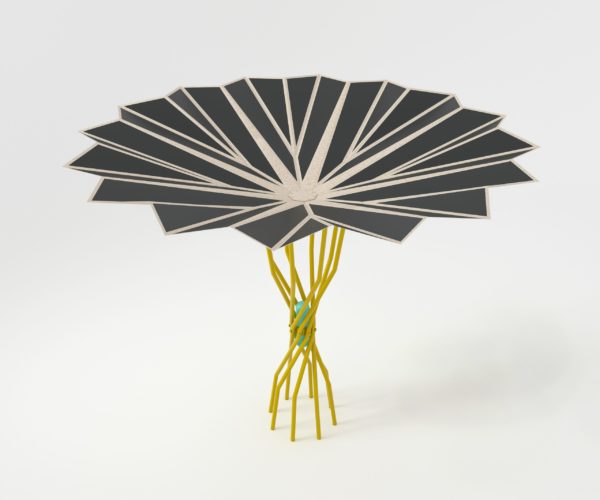
An origami-inspired umbrella that can power a refrigerator was designed by an MIT-spawned innovation firm along with architects and an Italian frozen-desserts brand. The fold-out array is meant to be deployed in the sun, shading beachgoers and generating PV energy that feeds attachable nebulizers and coolers underneath. This provides a way to keep the beachgoer, their drinks, and Italian ice cream cool on a hot summer’s day.
The project was supported by “transformable design” proponent professor Chuck Hoberman of Harvard, who worked with Italo Rota and MIT professor Carlo Ratti on the design. The modular system means that multiple umbrellas can be strung together, leaving it up to resorts to be creative with how they integrate the technology. The umbrella is 8.2 feet high, has a 10.5-foot diameter, and includes panels over the entire top.
Color-tunable transparent silicon solar cell with 7.38% efficiency

Researchers at South Korea’s Ulsan National Institute of Science and Technology (UNIST) have demonstrated a highly transparent, colorful solar cell based on silicon that they claim shows unprecedented flexibility combined with remarkable power conversion efficiency.
Conceived for applications in building-integrated photovoltaics (BIPV), the solar cell was designed to be built with a 100μm-thick n-Si wafer and by punching, via photolithography, micro-holes that can allow light to be transmitted through the cell itself.
The holes are arranged in the shape of a periodic array within the device, which ensures, according to the research team, that the cell is highly flexible, with a bending radius of 6mm. “The periodic hole array structure uniformly distributes the stress across the device and suppresses the generation and propagation of microcracks,” they explained, noting that the structure was implemented by controlling the dry etching process.
In order to make the cell colorful, the scientists added organic dyes into its polydimethylsiloxane (PDMS) matrix. PDMS is an organic-based polymer that is commonly used in solar module backsheets.
Dragon scale solar tiles installed on Google buildings in Silicon Valley
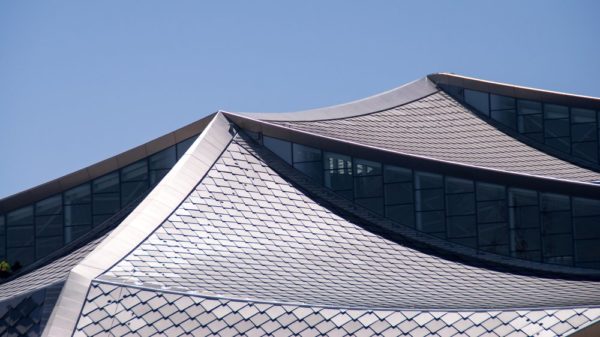
One of Google’s newest buildings is using a building integrated photovoltaic (BIPV) product called Dragonscale, which is manufactured by European solar panel company SunStyle.
And it is gorgeous.
The internet giant, which also is a world-leading clean energy procurement company, has installed around 7 MW of the product on two buildings at its Silicon Valley campus. The 90,000 individual solar panels will generate enough electricity to cover around 40% of the electricity use in the buildings, known as Bay View and Charleston East.
The solar cells are embedded into a sturdy, but flexible, polyvinyl acetate (PVAc) layer. Six millimeters of hardened solar glass protects the face of the panels; the back is protected by a layer of fire resistant Tedlar (polyvinyl fluoride). Because the edges of the tiles are sealed to keep out moisture — much like a glass-glass solar panel — aluminum framing on the panel is not necessary.
The polyvinyl layer is a highly textured “prismatic” surface, which traps photons within the solar panel that would normally escape from traditional flat solar panels. The result is an increase in the solar panel’s generation.
This content is protected by copyright and may not be reused. If you want to cooperate with us and would like to reuse some of our content, please contact: editors@pv-magazine.com.
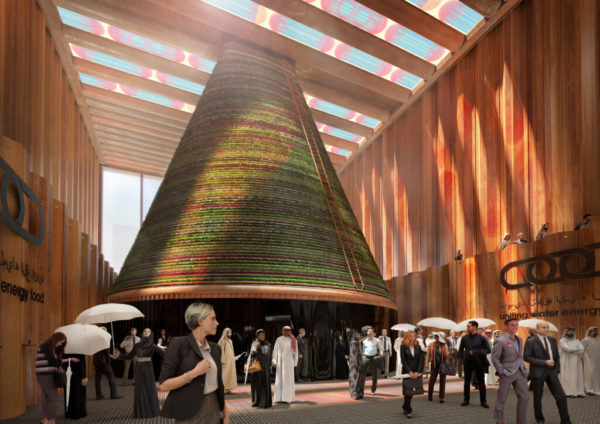





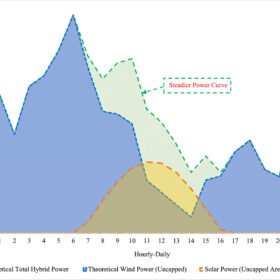
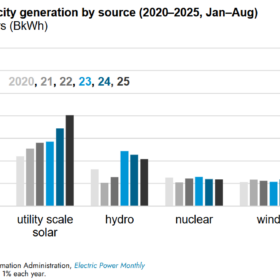

Beautiful